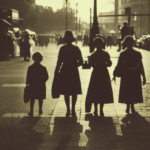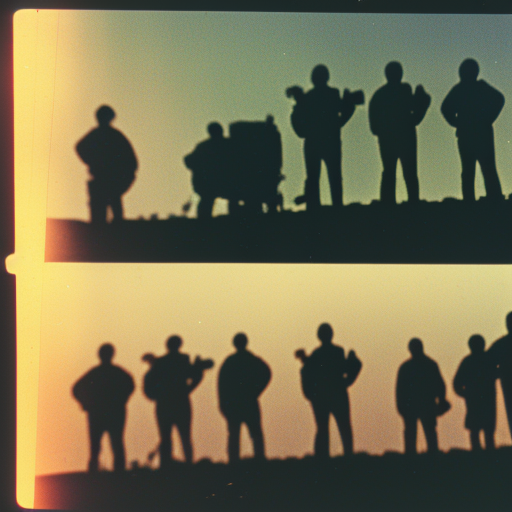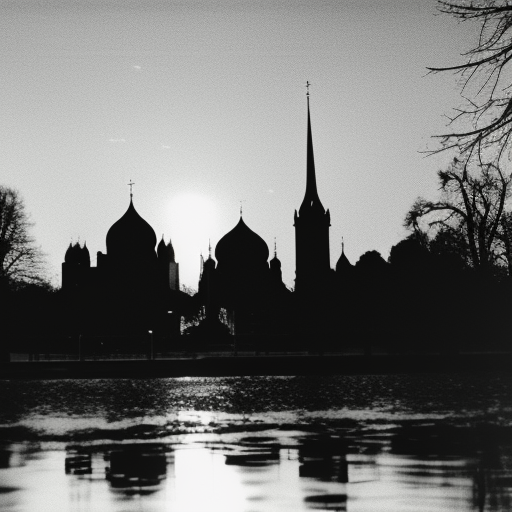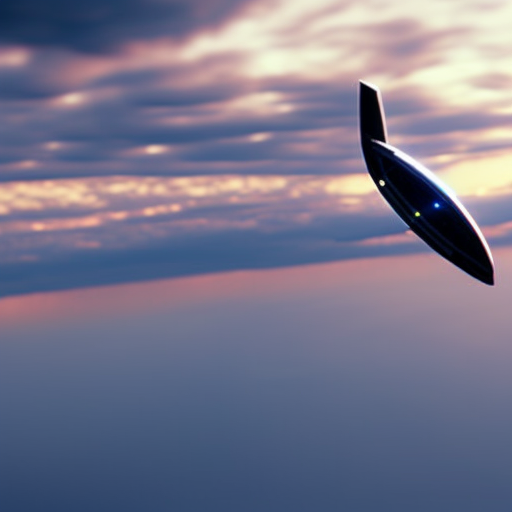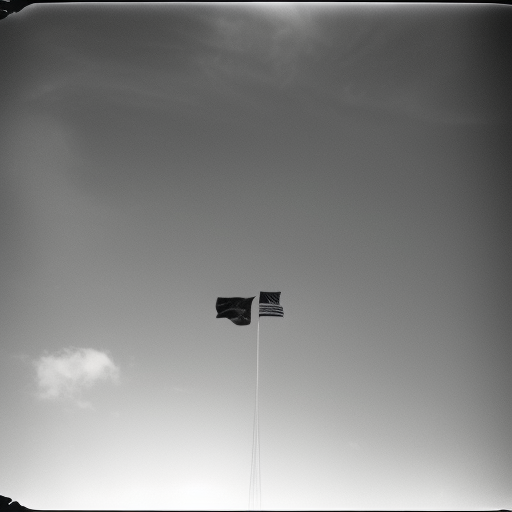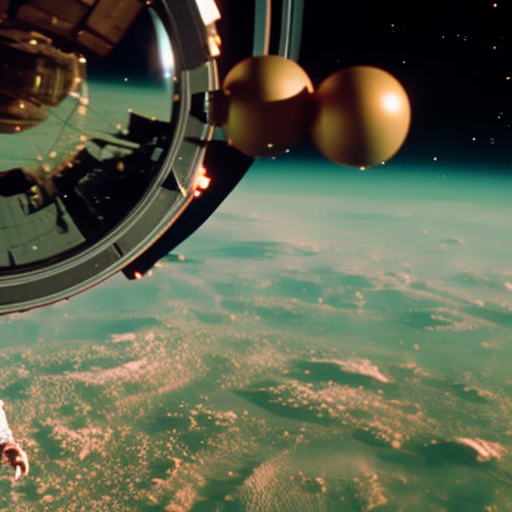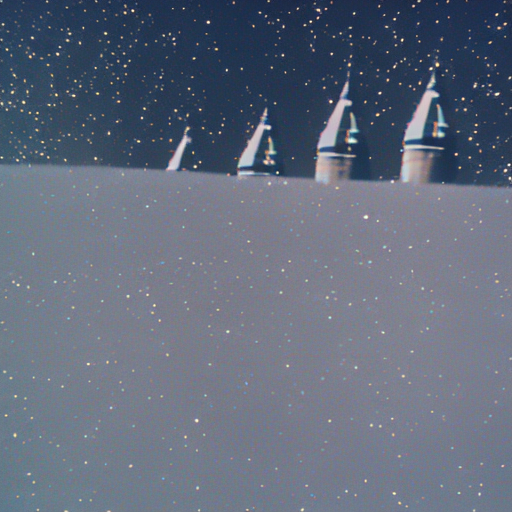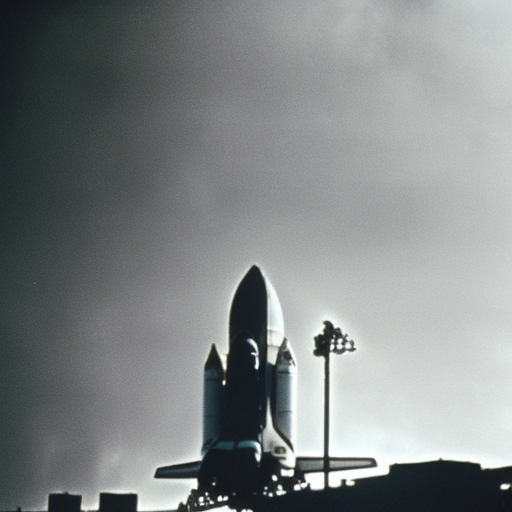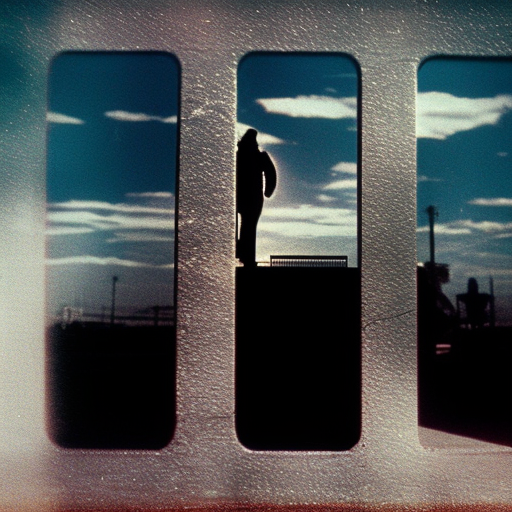Mercury-Atlas 9 was the final manned space mission of NASA’s Mercury program, successfully orbiting the Earth and making John Glenn the first American to orbit the planet.
STS-121 Explained
STS-121 was a NASA space shuttle mission that aimed to test safety improvements following the Columbia disaster.
Korabl-Sputnik 1 Explained
Korabl-Sputnik 1 was the first spacecraft to carry living organisms, including a dog named Laika, into orbit around Earth.
Spacecraft Design Explained
Spacecraft design involves the creation and optimization of vehicles for space exploration and satellite deployment.
STS-41-B Explained
STS-41-B was the tenth Space Shuttle mission and the fourth flight of the Challenger, marking the first untethered spacewalk.
Astronautics Explained
Astronautics is the branch of science and technology that deals with the study and development of spacecraft and space travel.
Apollo program Explained
The Apollo program was a series of manned space missions conducted by NASA from 1961 to 1972, which successfully landed humans on the moon.
Space Shuttle Columbia disaster Explained
The Space Shuttle Columbia disaster was a tragic event in 2003 when the shuttle disintegrated upon re-entry, resulting in the loss of all seven crew members.
STS-51-L Explained
STS-51-L was the tragic space shuttle mission that ended in the Challenger disaster in 1986.


